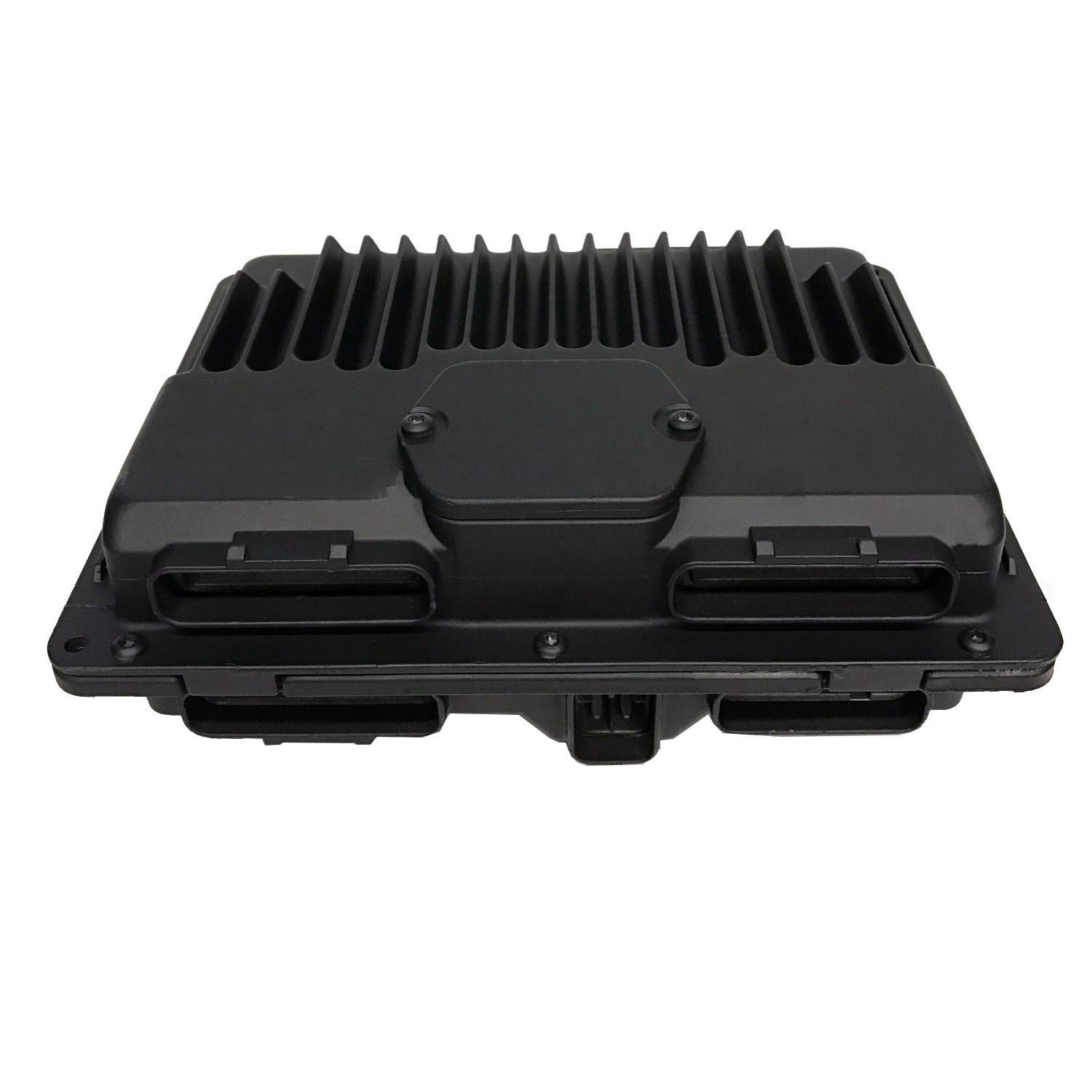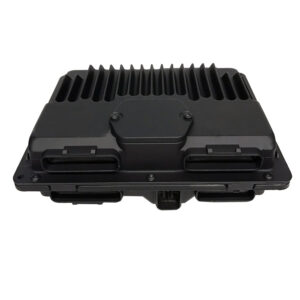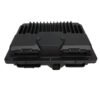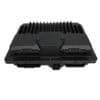Restore Your GM Van or Truck’s Performance and Reliability
Is your Chevrolet Express 2500 Van acting up? Unexplained stalling, a persistent check engine light, or a complete no-start condition can bring your work or travels to a grinding halt. As a technician with over two decades of experience, I’ve seen countless vehicles sidelined by a failing Powertrain Control Module (PCM). The PCM is the brain of your engine, and when it malfunctions, it can cause some of the most frustrating and difficult-to-diagnose problems. This isn’t just an inconvenience; it’s a loss of time and money, especially for a workhorse like the Express Van.
This isn’t just a replacement part; it’s a comprehensive solution. We offer a reliable Powertrain Control Module, part number 21811787, that arrives at your door programmed specifically for your vehicle. Simply provide us with your Vehicle Identification Number (VIN) after purchase, and our experts will flash the module with the latest, most stable software updates directly from GM. This critical step ensures seamless communication between the new PCM and all your vehicle’s systems, restoring original performance and efficiency without a costly trip to the dealership for programming.
Case Study: A Tricky Diagnosis
I remember a 2001 Savana 2500 that came into my shop. The owner, a local plumber, was losing business because his van would randomly die at stoplights and refuse to restart for 10-15 minutes. He’d already replaced the fuel pump and crank sensor with no luck. The scanner showed intermittent communication loss codes (U-codes) but nothing consistent. After checking the wiring harness for integrity, we suspected the PCM. Heat soak was causing an internal fault. We installed one of our pre-programmed modules, and the van was back on the road the same afternoon, running perfectly. For him, getting a VIN-matched module delivered meant he avoided tying his van up at a dealership for days and could get back to his customers immediately. That’s the real-world value of a ready-to-install solution.
Is Your Vehicle Showing These Symptoms?
A failing PCM can manifest in various ways. If you’re experiencing any of the following, a faulty module could be the culprit. These are the classic signs I look for during diagnostics.
- ✔ No-start or hard-starting condition
- ✔ Check Engine Light is on with internal module codes (e.g., P0601, P0602, P0606)
- ✔ Intermittent stalling or rough idling
- ✔ Poor fuel economy and engine performance
- ✔ Transmission shifting issues or erratic behavior
- ✔ Communication errors with scan tools
- ✔ Apparent failure of multiple sensors at once
Get Back on the Road with This Straightforward Guide to Installation
Replacing the 1999-2002 Express 2500 PCM is a job most DIYers can handle with basic tools. Following these steps will ensure a smooth installation process.
- Safety First: Always disconnect the negative terminal from your vehicle’s battery and secure it away from the post to prevent any accidental reconnection.
- Locate the Module: On most Express and Savana vans, the PCM is found in the LH (driver’s side) rear of the engine compartment. On pickups and SUVs, it’s often on the driver’s side fender well or near the battery. Check your specific model.
- Disconnect the Connectors: The PCM will have several large multi-pin electrical connectors. Carefully release the locking tabs or levers on each connector and pull them straight out from the module. Never force them.
- Remove the Old PCM: Unbolt the module from its mounting bracket. It’s typically held in by a few small bolts or nuts. Keep the hardware safe for the new installation.
- Install the New PCM: Mount your new, pre-programmed module onto the bracket using the original hardware. Reconnect the electrical connectors, ensuring they click securely into place and the locking tabs are engaged.
- Reconnect and Start: Reattach the negative battery terminal. In some cases, you may need to perform a security relearn procedure (often called a Passlock relearn), which typically involves turning the key to ‘ON’ for 10-15 minutes. Consult your vehicle’s service information for specific steps if it doesn’t start immediately.
Will This Fit My Vehicle?
This module is a direct replacement for OEM part numbers 16263494, 16265035, 8162634940, and 21811787. It is confirmed to fit the following GM, Chevrolet, Isuzu, and Oldsmobile models. Please verify your vehicle and options below.
CHEVROLET/GMC VANS (Express/Savana 1500/2500/3500) 1999-2002
CHEVROLET/GMC SUVS (Tahoe/Yukon/Suburban/Escalade) 1999-2000
CHEVROLET/GMC/OLDSMOBILE S-SERIES (S10, Sonoma, Blazer, Jimmy, Bravada, Envoy) 1998-2000
CHEVROLET ASTRO / GMC SAFARI 1999-2001
ISUZU HOMBRE (4.3L) 1998-2000
Note: Please check the detailed fitment list provided in the original data for specific engine and option requirements, such as ID 16263494 or build date opt ZN4.
Frequently Asked Questions about the 1999-2002 Express 2500 PCM
Do I need to do any programming myself?
No. This module comes fully programmed to your vehicle’s VIN with the latest GM software. It is ready for installation right out of the box, saving you a trip to the dealer.
How do I provide my VIN?
After you complete your purchase, you will need to send us your 17-digit Vehicle Identification Number (VIN). We cannot ship the module until we receive this information for programming.
Is this a direct replacement for my original part?
Yes, this part is designed to be a direct-fit replacement for the original equipment module and is compatible with part numbers 16263494, 16265035, and 21811787, among others listed.
Will this fix my check engine light?
If the check engine light is on due to an internal failure of the PCM (like code P0601), then yes, this will resolve the issue. However, you must first ensure that any other codes for sensors or circuits have been properly diagnosed and repaired.
What is a security relearn procedure?
On many GM vehicles of this era, the anti-theft system (Passlock/Passkey) is linked to the PCM. After swapping the module, you may need to perform a simple relearn procedure so the system recognizes the new unit. This can usually be done without special tools by cycling the ignition key. We recommend looking up the specific procedure for your year and model.



